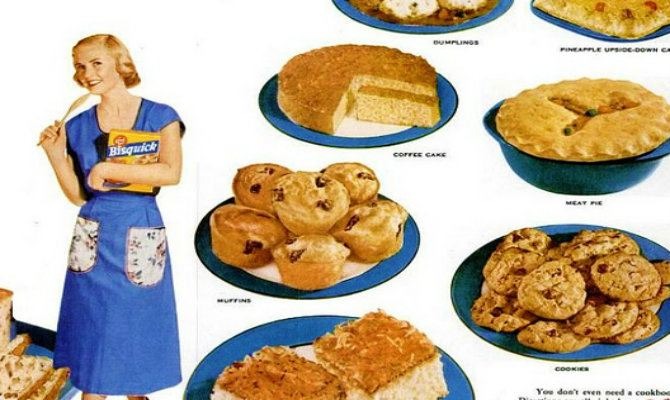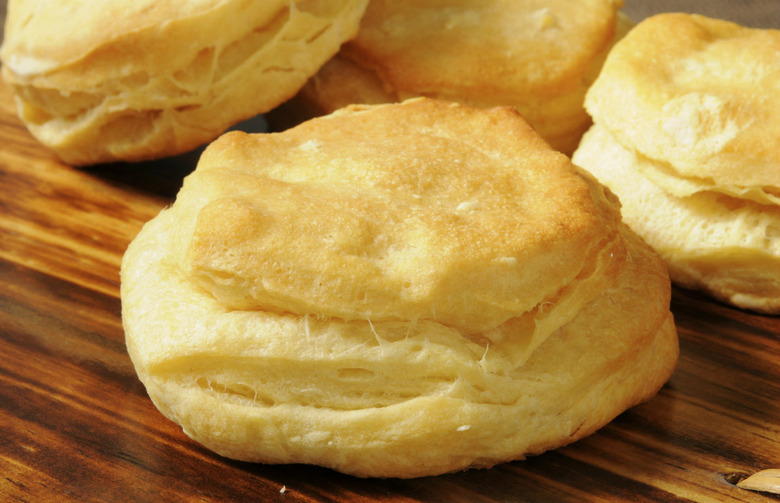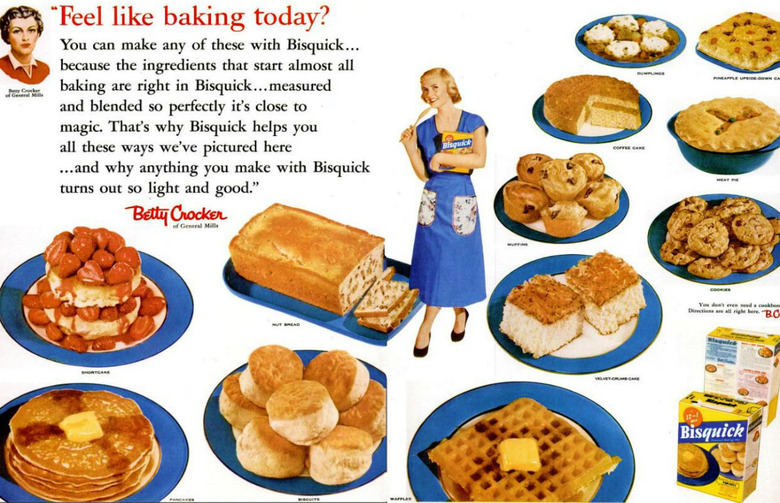10 Things You Didn't Know About Bisquick
According to Betty Crocker's "Unofficial Happy History of Pancakes," the origins of the pancake date back to 600 B.C., to Ancient Greece, many moons before Bisquick became a staple in American pantries. This convenience food, best known for producing biscuits and fluffy stacks of flapjacks in a flash, made its way onto shelves in 1931.
Click here for the 10 Things You Didn't Know About Bisquick slideshow.
Born in Depression-era America, the mix appealed to its customers, mostly overworked wives and mothers, with its simple packaging and semi-homemade approach to baking. Today, Bisquick continues to dominate its segment of the market, and happy home bakers enjoy the mix's versatility.
Whether you rely on Bisquick for your regular baking, only use it in a bind, or have never laid eyes on the stuff (which we would find hard to believe), we have 10 Bisquick facts that you probably don't know — along with the recipes you need to make Bisquick go from the box to plate in just a few easy steps. From its humble beginnings in a train kitchen to its position as the dominant force in the "baking in a box" category, it has been a long road for Bisquick.
A Hungry General Mills Salesmanpre-made mix
On a train to San Francisco, General Mills salesman Carl Smith was astounded by how quickly the kitchen on the train produced its biscuits. The cook showed him his (sans liquid), which he kept in the ice chest. Smith took this idea to the scientist at General Mills, who produced a shelf-stable biscuit mix.
Before Cake, Muffin, and Biscuit Mix, There Was Bisquickthere weren’t any cake, muffin, or biscuit mixes
When Carl Smith discovered this phenomenon on a California train in 1930, available in stores. Upon its launch in 1931, Bisquick started the whole "baking in a box" genre.
For an outside-the-box Bisquick Churros recipe, click here.
Angela Carlos is the Cook Editor at The Daily Meal. FInd her on Twitter and tweet @angelaccarlos.


